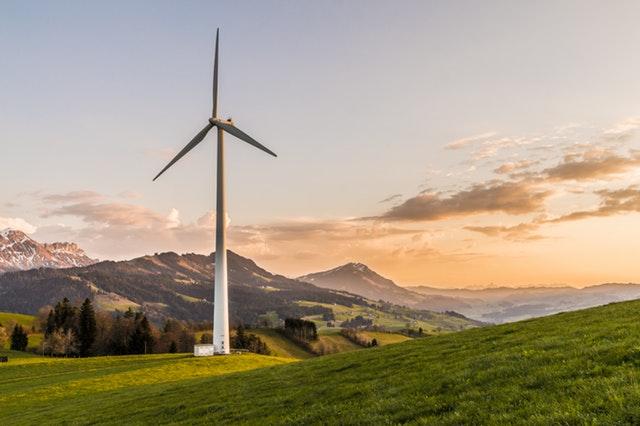We use cookies to provide you with an improved user experience and to personalize content. To learn more, see our Privacy Policy.
Free UPS ground shipping on all orders of $150 or more. Shop Now
Power & Energy

Turbines
Wind, thermal, nuclear, or hydroelectric energy all generate power from turbines and either liquid or steam heat used to move those turbines. The industrial gas turbine is a relatively simple system made up of complex parts. First, air enters the engine through a compressor, which compresses the air and forces it into a combustor, where it is mixed with fuel and ignited. The force of the ignition turns a rotary shaft connected to power generator or pump/compressor.The fuel inlet system is where pressure sensors and switches play a critical role. For proper and complete combustion, the fuel entering the combustor must do so at the correct pressure.
The main turbine lube oil system provides lubricating oil to the main turbine generator and exciter bearings. The system can supply oil to the over-speed mechanical trip devices, thrust bearings, and thrust bearing wear detectors and hydrogen seal oil system. The system has one major flow-path with various pump combinations available to supply it. Whitman switches can be used to measure lube oil pressure and prevent breakdown.
Whitman temperature switches can be used to control boiler tube temperature, ash hopper heater control, cooling water monitoring, gas turbine exhaust pressure and temperature, and stack emissions monitoring. Whitman can handle high pressure/high temperature environments and feature all steel welded bodies.
Boilers
A boiler is a closed vessel in which a liquid, typically water, has heat energy applied to create steam. Old boilers of the nineteenth century were typically made of very expensive, high-quality wrought-iron, but most modern boilers are made of steel or steel alloys due to higher-temperature characteristics and better strength-to-weight ratios. Heat energy is provided to the boiler chamber by burners fueled by natural gas, oil, coal or by electric heaters. While boilers are widely used in many industries, some typical applications for industrial boilers are:
-
Steam power generators
-
Hot water applications
-
Food preparation
-
And water sanitation purposes
Biodiesel & Ethanol
The Separation System for Biodiesel Processing requires a pneumatic unit, comprising a cabinet with pressure switch, pressure reducing valve and solenoid valves, for instrument air supply to the separation system. Whitman switches are an excellent fit for this application.
Generators
Standby Diesel Generator provides emergency power if needed. The cooling water jacket is kept warm and circulated at all times for quick start-up. A pressure switch will monitor water jacket pressure and room temperature.
Nuclear Energy
The containment building houses the reactor vessel, recirculation pumps, steam and coolant piping and associated safety systems. In the event of an accident, the containment building is the last line of defense in containing release of radioactivity into the environment. A temperature switch will monitor this room for accidents. A pressure switch will monitor for steam line pressure.
The function of the cooling tower is to remove heat from the water discharged from the condenser so that the water can be expelled to the river or recirculated and reused. Cooling towers are of two types, mechanical draft and natural draft towers. Mechanical draft towers use fans to force air through the towers whereas natural draft relies on temperature differences between inside and outside to naturally pull air through the tower. A temperature switch will monitor water in this building.
The Reactor Core Isolation Cooling (RCIC) system is made up of a turbine-driven pump and piping with valves. When the main steam lines are isolated and the normal water supply to the reactor is lost, the RICI system delivers water to the reactor. Pressure, differential, and temperature switches will monitor steam and temperature in these rooms.
